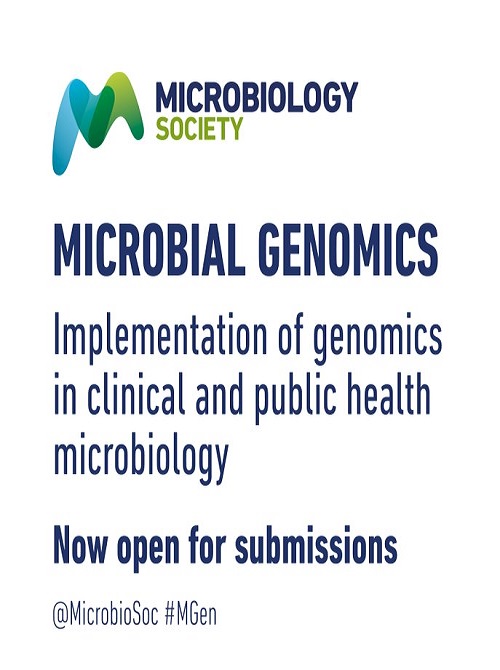Nanopore and Illumina sequencing reveal different viral populations from human gut samples
IF 4
2区 生物学
Q1 GENETICS & HEREDITY
引用次数: 0
Abstract
The advent of viral metagenomics, or viromics, has improved our knowledge and understanding of global viral diversity. High-throughput sequencing technologies enable explorations of the ecological roles, contributions to host metabolism, and the influence of viruses in various environments, including the human intestinal microbiome. However, bacterial metagenomic studies frequently have the advantage. The adoption of advanced technologies like long-read sequencing has the potential to be transformative in refining viromics and metagenomics. Here, we examined the effectiveness of long-read and hybrid sequencing by comparing Illumina short-read and Oxford Nanopore Technology (ONT) long-read sequencing technologies and different assembly strategies on recovering viral genomes from human faecal samples. Our findings showed that if a single sequencing technology is to be chosen for virome analysis, Illumina is preferable due to its superior ability to recover fully resolved viral genomes and minimise erroneous genomes. While ONT assemblies were effective in recovering viral diversity, the challenges related to input requirements and the necessity for amplification made it less ideal as a standalone solution. However, using a combined, hybrid approach enabled a more authentic representation of viral diversity to be obtained within samples.纳米孔测序和 Illumina 测序揭示人类肠道样本中的不同病毒种群
病毒元基因组学或病毒组学的出现提高了我们对全球病毒多样性的认识和理解。高通量测序技术使我们能够探索病毒在各种环境(包括人类肠道微生物组)中的生态作用、对宿主新陈代谢的贡献和影响。不过,细菌元基因组研究往往更具优势。采用长线程测序等先进技术有可能在完善病毒组学和元基因组学方面带来变革。在这里,我们通过比较Illumina短线程测序技术和牛津纳米孔技术(ONT)长线程测序技术以及不同的组装策略,考察了长线程测序和混合测序在从人类粪便样本中恢复病毒基因组方面的有效性。我们的研究结果表明,如果要选择单一测序技术进行病毒组分析,Illumina 更为可取,因为它在恢复完全解析的病毒基因组和减少错误基因组方面能力更强。虽然 ONT 组合能有效地恢复病毒多样性,但与输入要求相关的挑战和扩增的必要性使其作为独立的解决方案并不理想。不过,使用综合混合方法可以更真实地反映样本中的病毒多样性。
本文章由计算机程序翻译,如有差异,请以英文原文为准。
求助全文
约1分钟内获得全文
求助全文
来源期刊

Microbial Genomics
Medicine-Epidemiology
CiteScore
6.60
自引率
2.60%
发文量
153
审稿时长
12 weeks
期刊介绍:
Microbial Genomics (MGen) is a fully open access, mandatory open data and peer-reviewed journal publishing high-profile original research on archaea, bacteria, microbial eukaryotes and viruses.
 求助内容:
求助内容: 应助结果提醒方式:
应助结果提醒方式:


